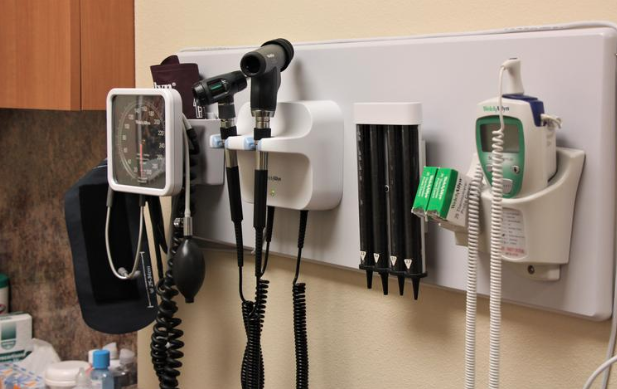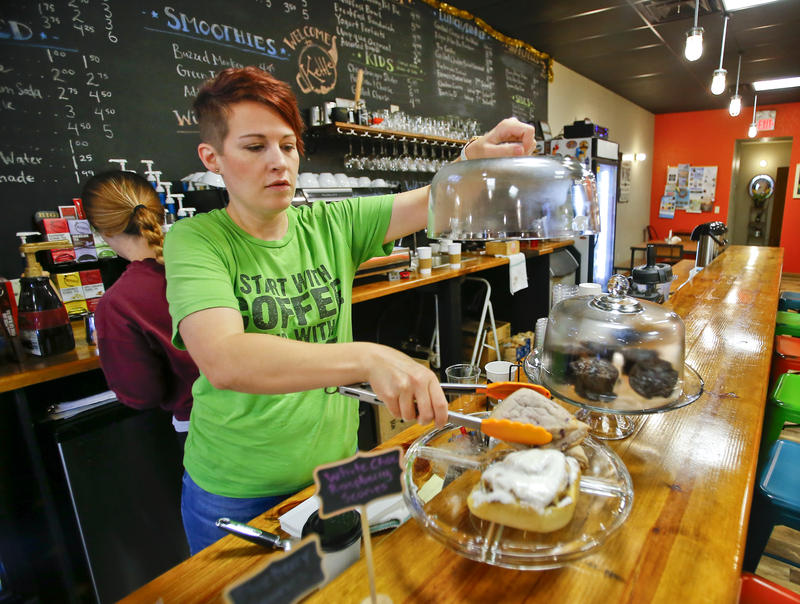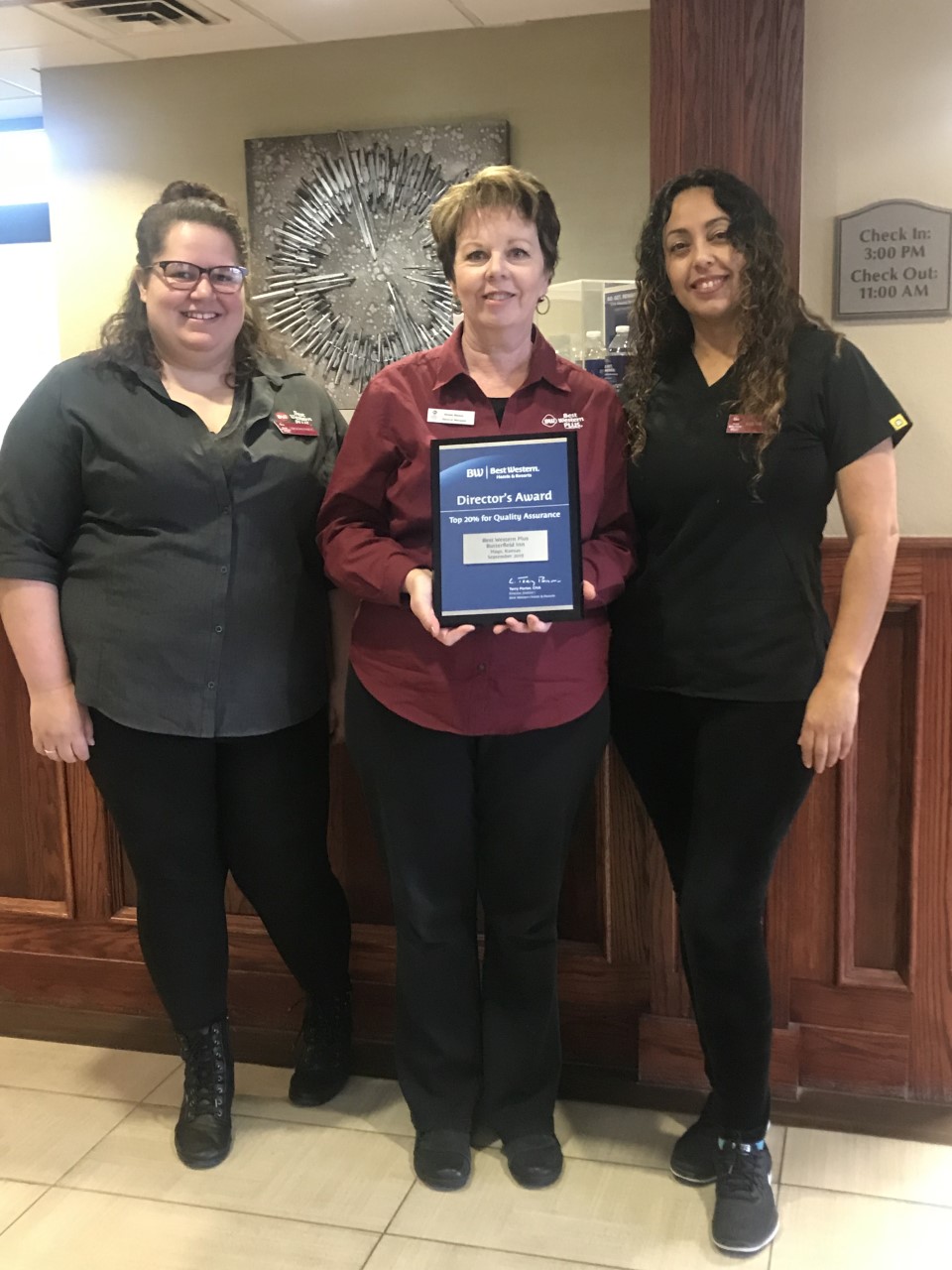ADA, Okla. (AP) — Oklahoma’s history is so deeply intertwined with the 39 Native American tribes located there that the state’s creation in 1907 was celebrated with a symbolic wedding ceremony between the Indian and Oklahoma territories.

The relationship between Oklahoma and the tribes has sometimes been contentious, but one of its undisputed successes has been a 15-year-old agreement to expand gambling in the state.
Since the tribes got the exclusive right to open casinos, Native American gambling has become a bigger economic factor in Oklahoma than in any other state except California. Dozens of casinos, including several glittering Las Vegas-scale complexes, generate more than $2 billion a year, with $139 million going to the state’s coffers last year.
But gambling money has changed more than the tribes’ bank accounts. It has greatly increased their political muscle, as the state’s new Republican governor recently discovered. After a clash with tribal leaders, Gov. Kevin Stitt and political supporters are facing a test of tribal power that now extends well beyond the state’s Native American population into the economy of many Oklahoma towns.
The dispute flared up suddenly when Stitt, a businessman who won election last year, announced in an op-ed piece plans to renegotiate the state’s share of casino revenue, which now ranges from 4% to 10% and funds mostly schools. Stunned, the tribes unleashed a multimillion-dollar advertising and political offensive to kill the idea.
The campaign, which took many political leaders by surprise, underscored a new reality in a place once ruled primarily by the oil and gas industry, but where tribal money now buys firetrucks, pays for school trips, floats rural economies and supports nearly 100,000 jobs statewide.
“The tribes are the best friend the state of Oklahoma has right now,” said Rep. Matt Meredith, whose district in eastern Oklahoma is home to the Cherokee Nation, the largest tribe in the U.S. “The last thing you want to do with your best friend is get in a legal battle with them.”
How the dispute will be resolved is unclear. The governor insists the current revenue agreement expires Jan. 1, while the tribes say it automatically renews. The state has hired a national law firm to negotiate with Native American leaders, who are calling on support from their wide network of local allies.
The governor and Attorney General Mike Hunter both declined to discuss the talks because of the “dynamic and delicate nature” of the matter, said Alex Gerszewski, spokesman for the state attorney general’s office.
For years Native American tribes have struggled to improve their economic position in what was once Indian Territory. The federal government resettled dozens of tribes in this part of the nation’s midsection after expelling them from other regions in the 19th century, but then gradually whittled away at the tribes’ communal property here to make way for white settlement and eventual statehood. In the last century, the tribes in Oklahoma used their remaining assets to operate businesses and provide clinics, housing and other services for their members.
But the financial picture, both for the tribes and the state, changed dramatically after Oklahoma voters approved casino gambling in 2004 and the tribes received an exclusive concession. The overall economic impact on Oklahoma has amounted to $9.2 billion annually, according to a 2019 study.
Massive resort-style hotel casinos that feature a parade of major entertainment acts have popped up in large cities — the Tulsa area alone has a half dozen — and along the state’s border with Texas, which only has limited gambling and provides a wealthy flow of customers.
At the first exit north of the Red River lies the Winstar World Casino and Resort, with the largest gambling floor in the nation, surpassing those on the Las Vegas strip. Owned by the Chicakasaw Nation, the resort has 1,400 rooms in three hotel towers, two 18-hole championship golf courses, shops and more than a dozen restaurants.
On the state’s northeastern border with Kansas and Missouri lies the Downstream Casino Resort, owned by the 3,240-member Quapaw Nation. Tribal leaders started a cattle operation to supply food for the casino, along with a brewery and other businesses.
“Before gaming we had less than 40 employees, and today we employ close to 2,000 people all in,” said the tribe’s chairman, John Berrey.
Even small towns in rural areas have their own mini-casinos, and the money filters through counties that had been declining economically.
In downtown Sulphur, 90 minutes south of Oklahoma City, the Chickasaw Nation built a four-story hotel and spa that hosts prom night for half a dozen area high schools. A new state-of-the art, 72-bed medical facility in Ada employs 1,600 people.
The benefits have come with social ills, including cases of problem gambling, embezzlement and family disruption that have prompted continued opposition from some community groups and social conservatives.
But the economic boost has lifted spirits where there long had been hardship, said Bob Blackburn, the Oklahoma Historical Society director and author of a book on the Cherokee Nation. He cited a growing sense of “self-determination, self-reliance.”
Stitt has said the state’s share of tribes’ casino revenue was “fair to help introduce the gaming industry” years ago but that today, “Oklahoma’s fees are the lowest in the nation.”
But available data from the 24 states with Native American gambling shows a wide variance. A 2015 federal analysis of 276 tribal compacts shows Oklahoma’s 6% average revenue share close to the national median. More than 100 tribes pay no fees while about 120 pay more than 10%. About a dozen pay between 20% and 25%. Oklahoma’s 4% to 10% revenue share varies depending on the type of game.
In addition to the blast of television and social media ads emphasizing the casinos’ economic importance, the tribes have spent to influence policy makers. Tribes doled out more than $1.1 million during the last two election cycles to state candidates from both parties.
The annual legislative retreats for both House Republicans and House Democrats were held this year at tribal resorts.
Since Stitt’s election last year with 54% of the vote, the majority Republican legislature has been supportive of his initiatives, including giving him expanded powers to appoint heads of state agencies. But many wonder whether even a popular Republican governor now has the clout to challenge the tribes in Oklahoma.
“The tribes are so influential now, and they’ve ramped it up a lot,” said Rep. Lewis Moore, a Republican from the Oklahoma City area. “And the way they’re going to do that is through their lobbyists. And if you personally have a business or live in these tribal areas, you’re going to get even more pressure.”





























